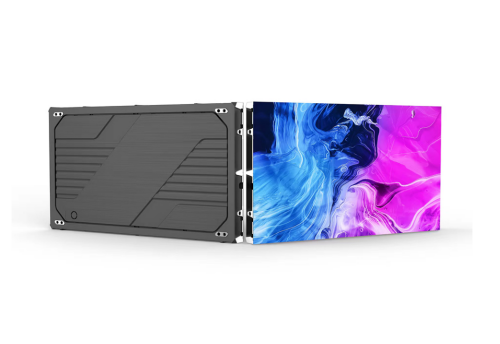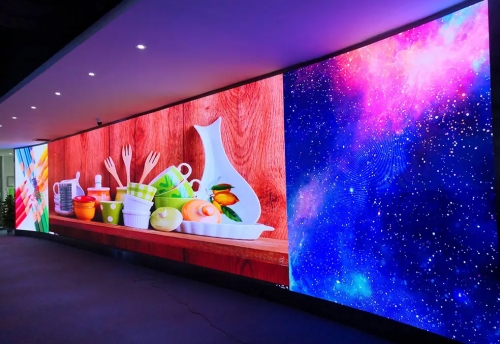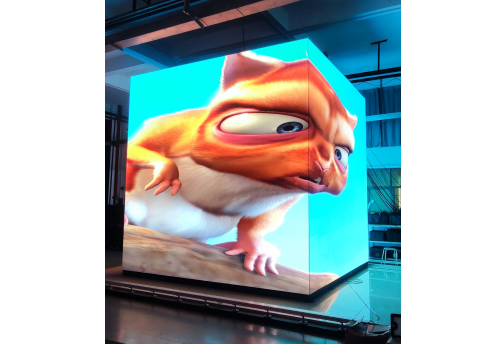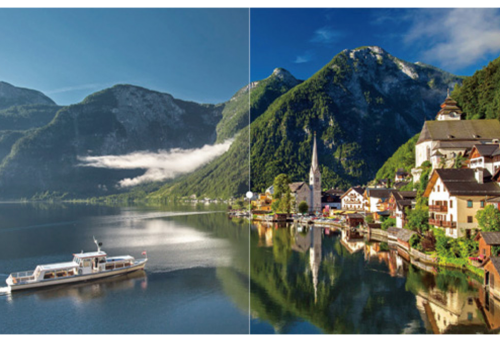COB Packaging Process Flow
COB Packaging Process Flow
The LED display industry has developed various production and packaging technologies over the years. While the fine-pitch market is currently dominated by SMT (Surface Mount Technology) packaging, in the micro-pitch market, COB (Chip On Board) packaging technology is gaining increasing recognition for its higher pixel density and more precise display effects. So, what are the process flows involved in COB packaging?
What is COB Packaging Process?
COB, namely Chip On Board packaging process, is a method where LED chips are directly mounted onto a PCB (Printed Circuit Board). Compared to traditional SMD (Surface Mount Device), COB packaging offers higher integration, stronger heat dissipation performance, and greater stability. Additionally, the COB packaging process boasts advantages such as high production efficiency and lower cost, giving it broad application prospects in the field of LED displays.
1.Wafer Expansion
Place the LED wafer on an expansion ring. Then, position the expansion ring on a back-coating machine that has been coated with a silver paste layer to perform the expansion operation.
2.Back Coating
Place the expanded ring onto the back-coating machine. Use a dispensing machine to apply an appropriate amount of silver paste onto the PCB.
3.Die Attach (Chip Mounting)
Place the expansion ring prepared with silver paste into a die attach fixture. An operator then uses a die attach pen under a microscope to place the LED chips onto the PCB.
4.Curing (Baking)
Place the PCB with mounted chips into a thermal cycle oven. Let it sit at a constant temperature for a period until the silver paste solidifies, then remove it.
5.Encapsulation (Dispensing)
Use a dispensing machine to apply an appropriate amount of red glue or black glue (encapsulant) to the chip locations on the PCB. Then, use anti-static equipment (e.g., vacuum pen) to accurately place the bare die onto the glue.
6.Molding (Potting)
Use a professional molding or potting process where a specially prepared epoxy resin (like AB glue or black glue) is dispensed to cover the bonded LED chips and wires, protecting them and forming the final shape.
7.Final Curing
Place the encapsulated PCB back into the thermal cycle oven for constant temperature curing. Different drying times can be set as required.
8.Final Testing
Conduct the final inspection process, including electrical performance testing, to ensure the quality of the COB display module meets requirements.
Advantages of COB Packaging Process
The COB packaging process supports multiple display modes and color adjustment functions, allowing for personalized settings according to different application scenarios and needs, meeting various display requirements. Specifically, its main advantages include the following points:
1. High Brightness: COB packaging technology mounts LED chips directly onto the PCB, resulting in a brighter and clearer display image.
2. High Contrast Ratio: The COB process effectively improves the contrast ratio of LED displays, making blacks deeper, whites purer, and colors more vibrant.
3.Long Lifespan: Due to better heat dissipation and stability offered by the COB packaging process, LED displays have a longer service life, reducing maintenance costs and replacement frequency.
4.Strong Heat Dissipation Capability: COB products package the LED chips directly onto the PCB. Heat is quickly dissipated through the PCB's copper foil, which has strict thickness requirements. Combined with immersion gold plating, this significantly reduces severe light attenuation. This leads to fewer dead pixels and greatly extends the lifespan.
5.Abrasion Resistance and Easy Cleaning: The surface of the lamp points is flat, smooth, and hard, making it impact and abrasion-resistant. Dead pixels can be repaired point by point. Without a mask, dust can be cleaned easily with water or a cloth.
6.Excellent All-Weather Characteristics: With triple protection treatment, it offers outstanding resistance to water, moisture, corrosion, dust, static electricity, oxidation, and UV rays. It meets all-weather working conditions and can operate normally in temperature environments ranging from -20°C to 60°C.





